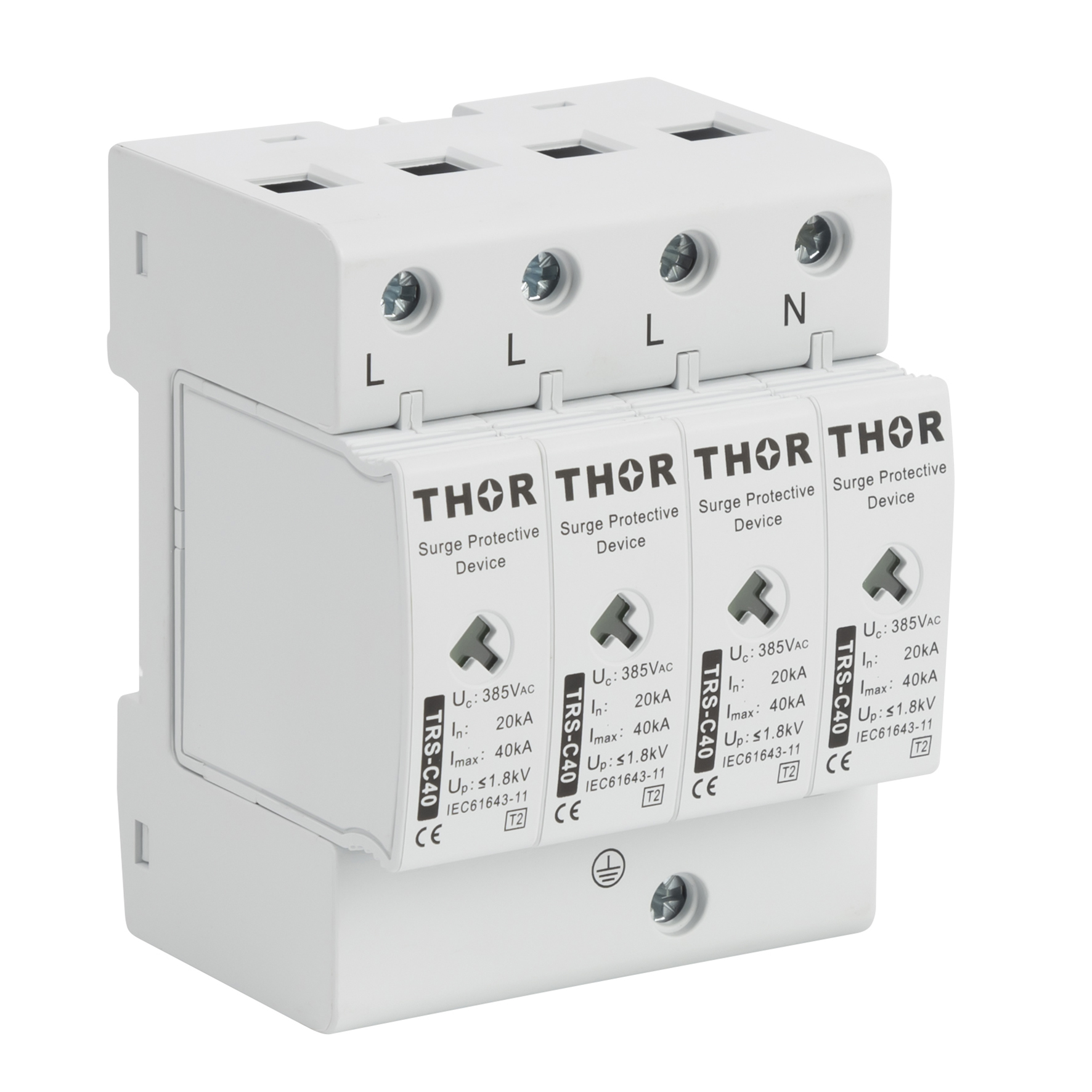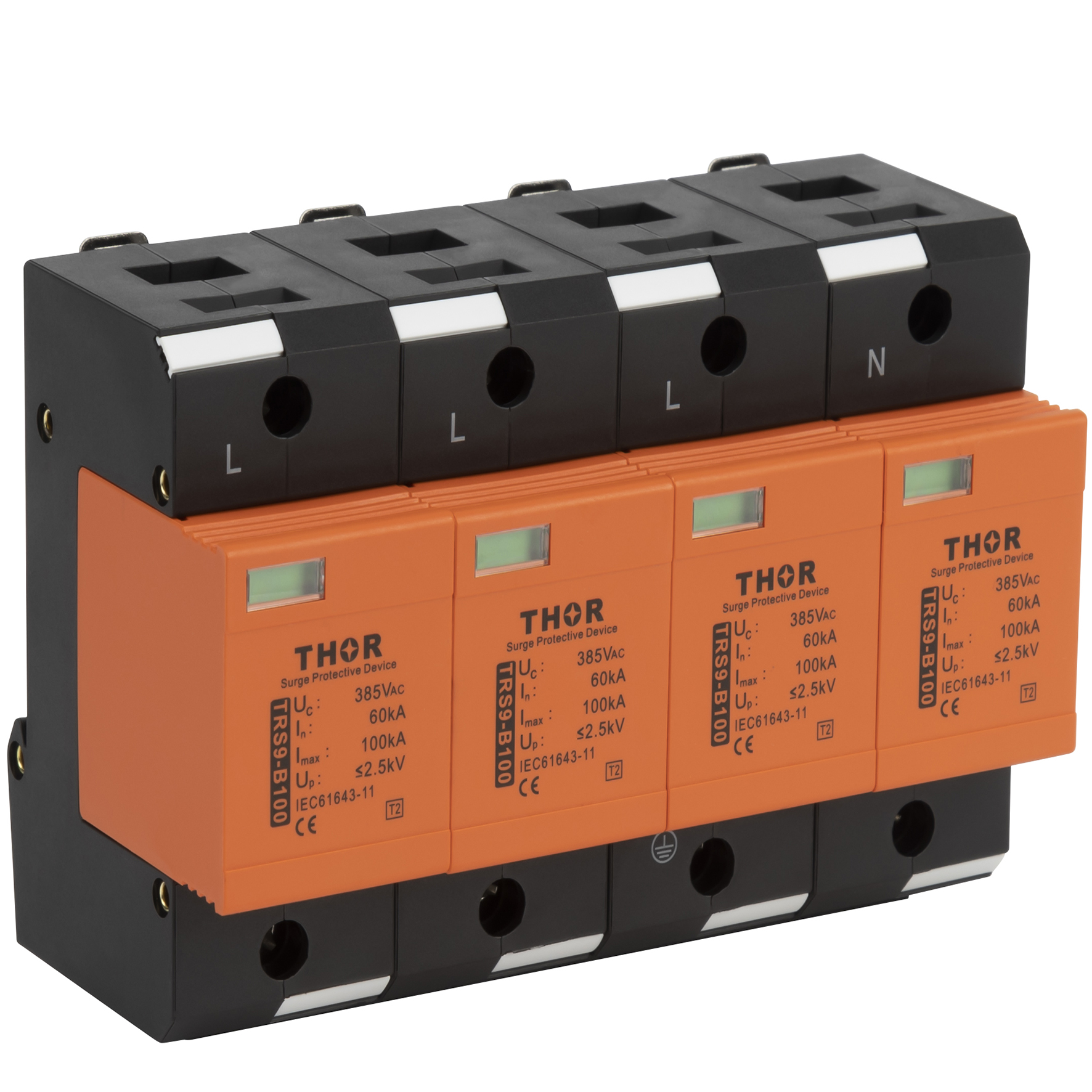AC surge refers to a rapid increase in voltage in a short period, usually lasting from 1 to 100 microseconds, which can cause damage to electrical appliances.

Definition and Causes of AC Surges
An AC surge, often referred to as a voltage spike, describes an extremely high impulse of above-average duration that lasts from 1 to 100 microseconds.
Internal switch operations of appliances account for around 80% of AC surges, as these switchings generate electromagnetic waves with higher frequencies during a surge, resulting in voltage spikes. Twenty percent more AC surges come from external sources, such as lightning strikes and power line faults.
Lightning can directly affect the power grid, conduct into household items, and cause extremely severe fluctuations in voltage during true direct lightning strikes to residential buildings in the rainy season.
Misoperations can cause short circuits, and when power facilities are repaired by workers, it may also produce more electrical impulses in the circuit. In the case of smaller businesses that do not install surge protective equipment to code in order to save money, coupled with the frequent starts and stops of large industrial-size motors, these are common events.
Without surge protection equipment, the average lifespan of appliances is cut by 30%, turning a roughly decade-old appliance into one that fails after likely seven years.
Specific Damages of AC Surges to Appliances
The power supply units (PSU) of computers and servers are directly impacted by AC surges, leading to power supply damage. According to data from the International Electronics Engineering Society, about 50% of computer hardware failures are caused by power surges.
Television circuit boards can short circuit during voltage spikes, leading to a decline in image and sound quality. More than 30% of households have experienced TV failures due to power surges.
The compressor of refrigerators is extremely sensitive to voltage changes. AC surges can cause the compressor to overheat or even burn out. Frequent voltage spikes can increase refrigerator power consumption by about 20% and reduce the compressor's lifespan by about 30%.
The control panel and compressor of air conditioners are also easily affected. AC surges increase air conditioner power consumption by about 15% and equipment wear by 25%.
Amplifier components of audio equipment can overload during surges, causing noise or distortion. Power surges can shorten the lifespan of high-end audio equipment amplifiers by about 40% and increase noise and distortion risk by about 30%. Normally, an amplifier that can be used for 10 years may have its lifespan reduced to only 6 years under frequent power surges.
Microwave oven magnetrons can overheat during voltage spikes, reducing work efficiency by 20% or causing failure. Washing machine and oven control panels may short circuit due to surges, leading to program errors or device stoppages. Power surges cause small appliance damage, accounting for over 15% of household appliance repairs.

Practical Tips for Dealing with AC Surges
Installing surge protectors is the most direct and effective method. The price of these devices generally ranges from $50 to $200, depending on the level of protection and features. Installing surge protectors can reduce the risk of appliance damage by about 80%.
Regular circuit checks are also necessary. A comprehensive circuit check every 10 years costs about $300 to $500.
Avoiding the simultaneous operation of multiple high-power appliances is also an effective preventive measure. Properly scheduling the use of appliances can reduce the risk of voltage fluctuations by about 30%.
Lightning strikes are one of the main causes of AC surges, accounting for more than 50% of all surge events. During thunderstorms, unplugging power cords is an effective way to directly avoid damage to appliances.
Using uninterruptible power supplies (UPS) can also provide additional protection. UPS not only provides temporary power during power outages but also stabilizes power during voltage fluctuations. The cost of installing a UPS ranges from $100 to $500. Using UPS can reduce the risk of hardware damage by more than 50%.
